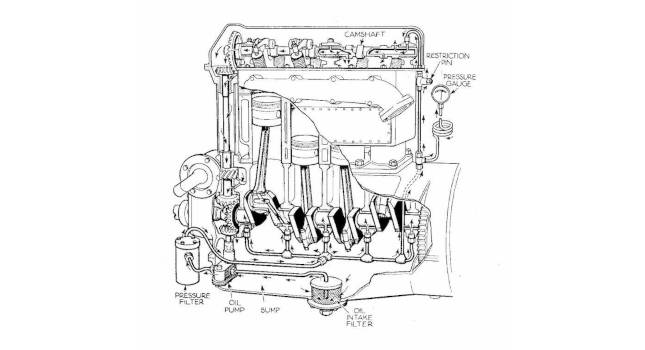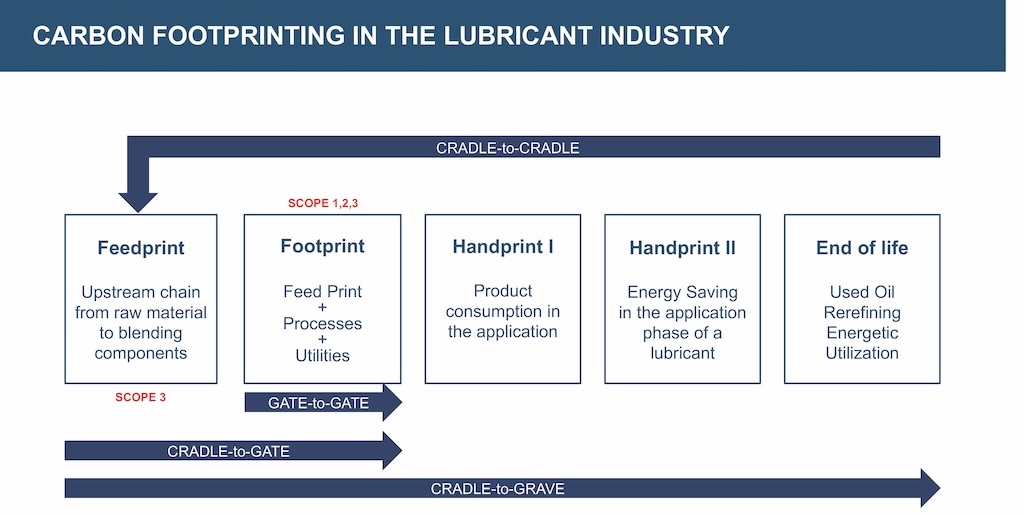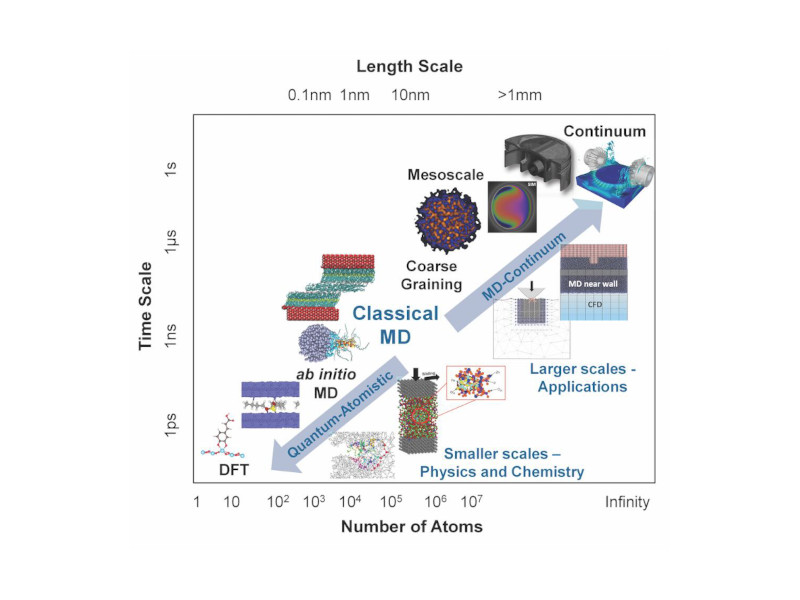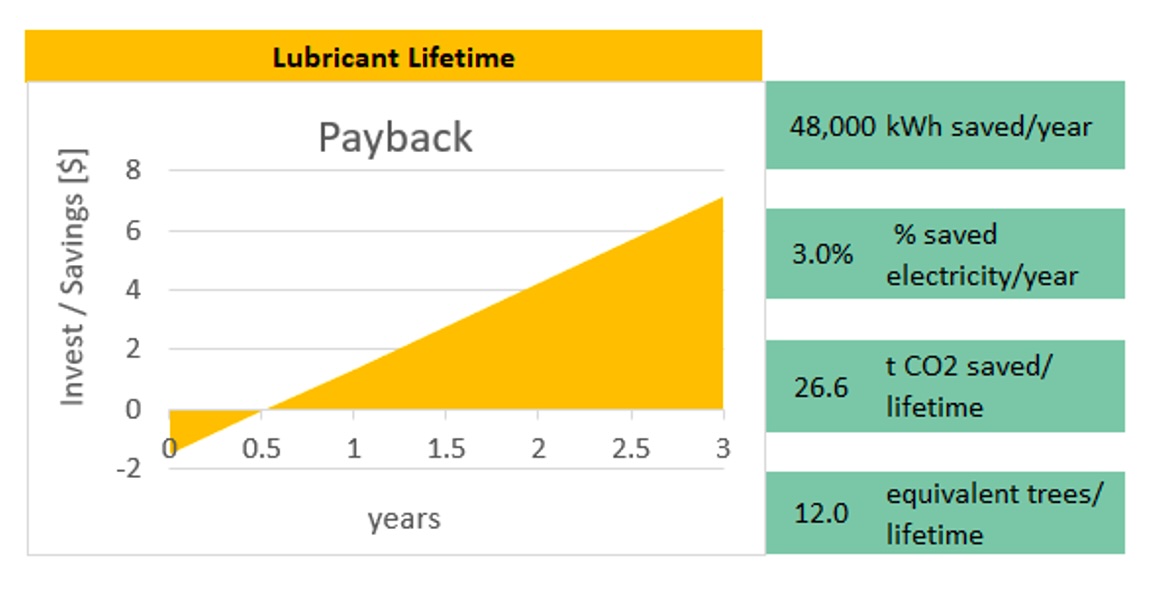Greases lubricate about 90% of all rolling element bearings.
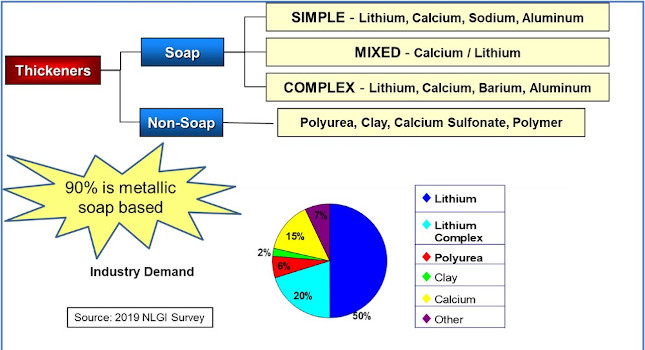
Many myths and misconceptions exist about what grease is, what it’s used for and how it works.
You’re no doubt familiar with oil lubricants like hydraulic oils, turbine oils, gear oils and so forth. They have one thing in common; they are composed of base oil(s) and performance additives. The oil keeps the moving surfaces separated and the additives improve protection from wear, seizure, rust, and many other detrimental factors.
How is grease different? It’s like an oil lubricant but adds a third component called a thickener. The thickener is a semi-soluble material, which when dispersed uniformly in the oil, provides body and structure to the lubricant. The oil (and additives) do most of the lubricating and the thickener keeps the lubricant in place. That is what grease is all about – staying in place. An oil does a great job at lubricating and removing heat, but requires a closed system, which may include a pump, filter, heat exchanger or other equipment.
Due to their inherent lubricating abilities, greases lubricate around 90% of all rolling element bearings!
What is grease?
The thickener in grease plays a key role. It makes grease have a semi-solid form that allows it to stay in place in an application and resist leakage. For the same reason, grease forms a seal against contaminants such as dust and moisture in the environment. It can stay in place because it resists water spray and centrifugal forces.
How do thickeners work? The thickener is a 3D network of fibers or particles that forms a framework for the oil. The thickener does not dissolve in the oil, and it does not separate from the oil. The thickener is dispersed in the oil. There are 3 main types of thickeners 1) soaps – formed by reacting fatty acids with alkali metal salts, 2) non-soaps – formed by in-situ chemical reactions in oil, and 3) dispersions of solid particles of clay, silica, pigment, or polymer in oil (See Figure 1).
Soap-based greases make up the majority of greases, somewhere around 90%. Soap-based greases include aluminum, aluminum complex, anhydrous and hydrated calcium, calcium complex, lithium, lithium complex, sodium, and titanium. Non-soaps include polyurea, clay, calcium sulfonate and sulfonate complex.
Greases are typically composed of somewhere in the range of 80% – 90% base oil, 2% – 20% thickener and zero – 15% additives. The type and amount of thickener are what determines the grease consistency, or “stiffness.” Grease consistency is measured by a penetrometer which evaluates how far a weighted cone penetrates into a sample of grease in tenths of a millimeter. The most common consistency is an NLGI #2 grade, which means the grease is soft like butter (see Figure 2). A #2 grade grease’s penetration would be 265 ─ 295. Stiffer greases include #3 grade, which is 220 – 250, and softer greases include #1 grade, which is 310 ─ 340. These are the most common consistencies, but the full range runs from #000 (semi-fluid) to #6, which is block grease. Grease consistency is an important property, as it affects how easily it can be pumped and how tenacious the grease is in staying put.
Grease specification
Many people think that a grease’s consistency and the thickener type (e.g., #2 grade lithium) define the grease. However, the thickener type and consistency only affect inherent properties like grease mobility, water resistance and temperature range. What they don’t define is the lubrication capability. Since the base oil, plus additives, do most of the lubricating, we need to know what the right base oil viscosity should be to meet the bearing or other lubricated part requirements based on speed, load, temperature and environment. We also need to know what environmental challenges the grease will face to determine what type additives may be needed.
Therefore, a description such as “#2 grade lithium grease” does not tell you much about how well a grease will lubricate a given application!
A good start when selecting a grease for an application is to consider the new NLGI High-Performance Multiuse (HPM) grease specification and go from there. This grease specification offers a core set of testing standards as well as four performance enhancement tags. For more information, please visit www.nlgi.org or contact NLGI at [email protected] or 816-524-2500.
Chuck Coe has been involved with the technical and marketing aspects of lubricating grease for more than 40 years and sits on The National Lubricating Grease Institute (NLGI) board of directors. Over the next year, the NLGI will be contributing content to Plant Engineering about grease, a critical but poorly understood lubricant and protector of assets.
